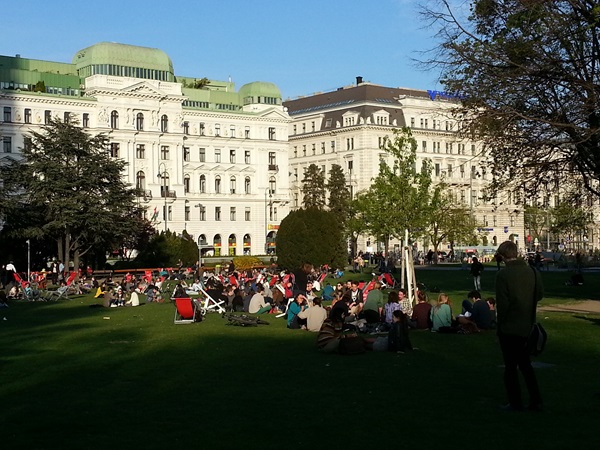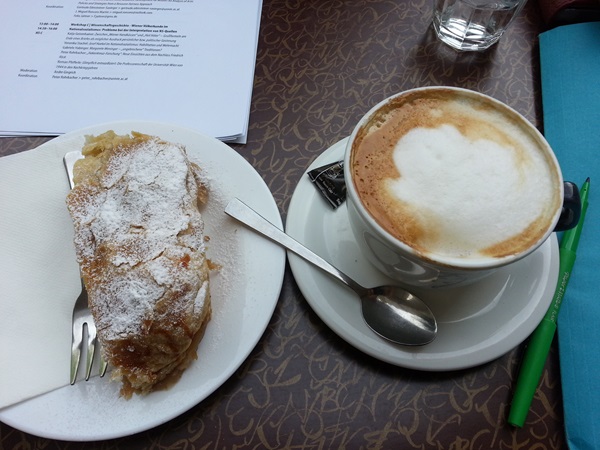Posted May 2, 2015 by
Tags: OnCUE
For the past six years, Vienna, Austria has been ranked by the international consulting firm Mercer as the world’s most livable city, according to factors such as public transportation, power and water supply, political, social and economic climate, medical care and education.

Vienna’s city center is a hive of massive stone monoliths, adorned with elaborate carvings, mosaics and wrought iron balconies, lining broad leafy avenues and narrow pedestrian alleys. The Habsburg monarchy, one of Europe’s most important royal dynasties, established their primary residence in Vienna, and bequeathed to it an enduring architecture from the 12th century until the demise of their rule in World War I. Such an immovable historic built environment is bemoaned in the city council chambers of some other European cities as an impediment to “modern development.” As much as historic architecture, particular the royal kind, is a valuable attraction for the tourist revenues which city leaders pursue, planners in historic cities face the challenging task of sufficiently modernizing the urban infrastructure (Public transportation! Wi-fi!) and tourist amenities (Shopping! Luxurious hotels!) to accommodate tourists with high-end expectations.
It is after all the high-end tourists who spend the most in the city, and thus contribute the greatest proportion to the city’s revenues. In addition to the high-end tourists, as the European Union has increased the ease of international relocation, mobile young professionals have also become targets for the planning schemes of the Europe’s large cities. Various European cities have adopted different strategies to reconcile their historical attractions and modern aspirations, from piecemeal demolition of historic buildings to serve a large new development to large-scale demolitions and restructuring. These efforts differ from previous city planning schemes, such as Baron Haussmann’s (in)famous reshaping of Paris’s center in the 19th century, in that a general sense that the urban built heritage should be preserved when possible limits the scope of demolitions. Or, as some cynics might argue, at least it ensures that the rhetoric of planning in these historic areas must give lip service to historic continuity.
However Viennese city planning has occurred in the past twenty years, the results are impressive. Underneath the stone Habsburg city blocks, a subway carries Viennese throughout the city, while those who opt for a better view can take the city trams or buses. And for anyone wanting a bit of exercise, an extensive network of bike lanes crisscrosses the streets and sidewalks. Of course all that exercise requires a stop at one of Vienna’s characteristic coffeehouses, which serve as the city’s public living rooms and enable conversation, perhaps over a caffe mélange and sachertorte, until they close around 1am.

This combination of public infrastructure and private coffeehouses contribute to a distinctively Viennese social life, creating an imminently accessible and visible city. My all-too brief stay in the city piqued an interest in Vienna, but further conclusions will require further, extensive ethnographic research, to be sure. And probably another slice of sachertorte.
